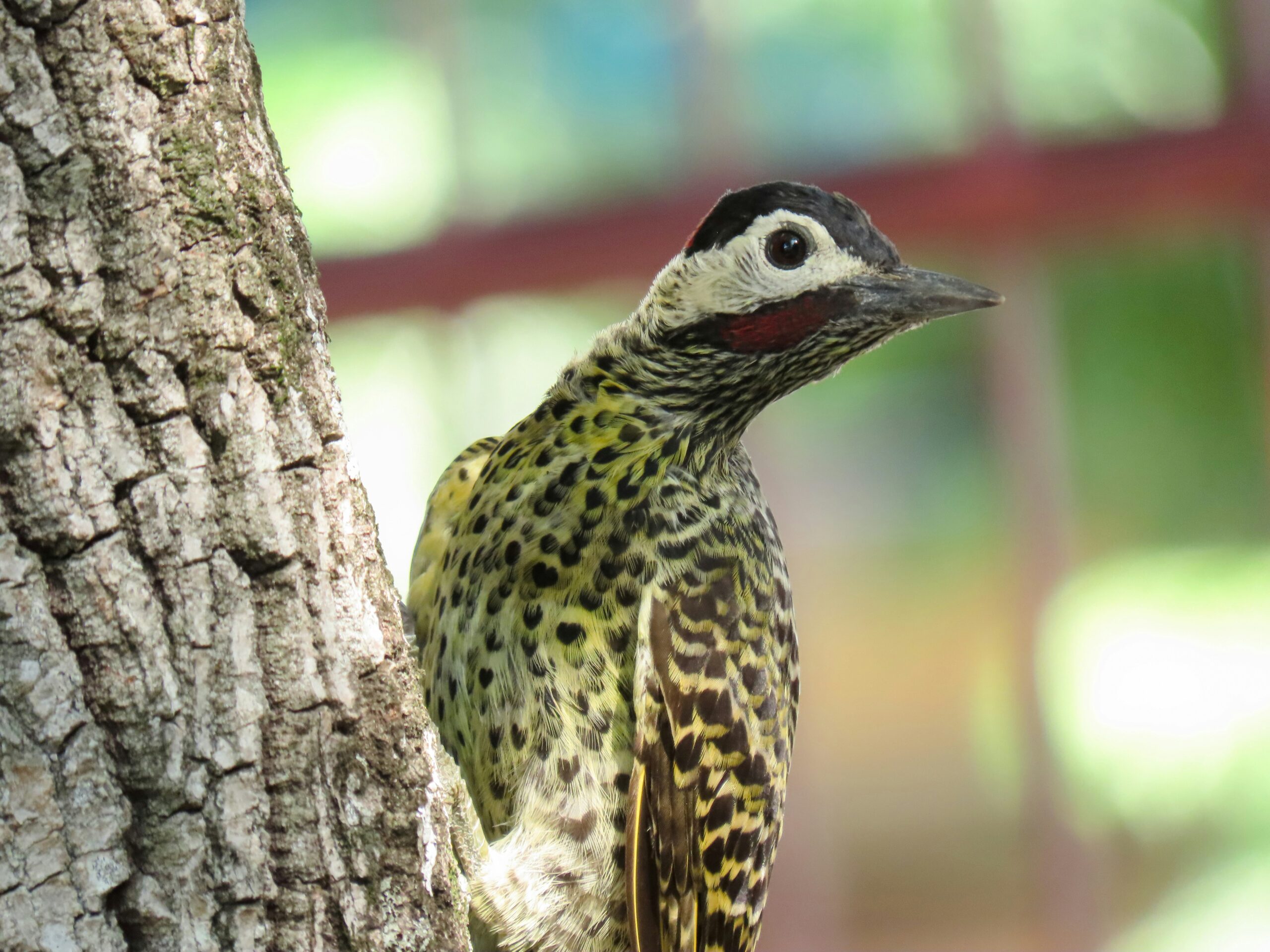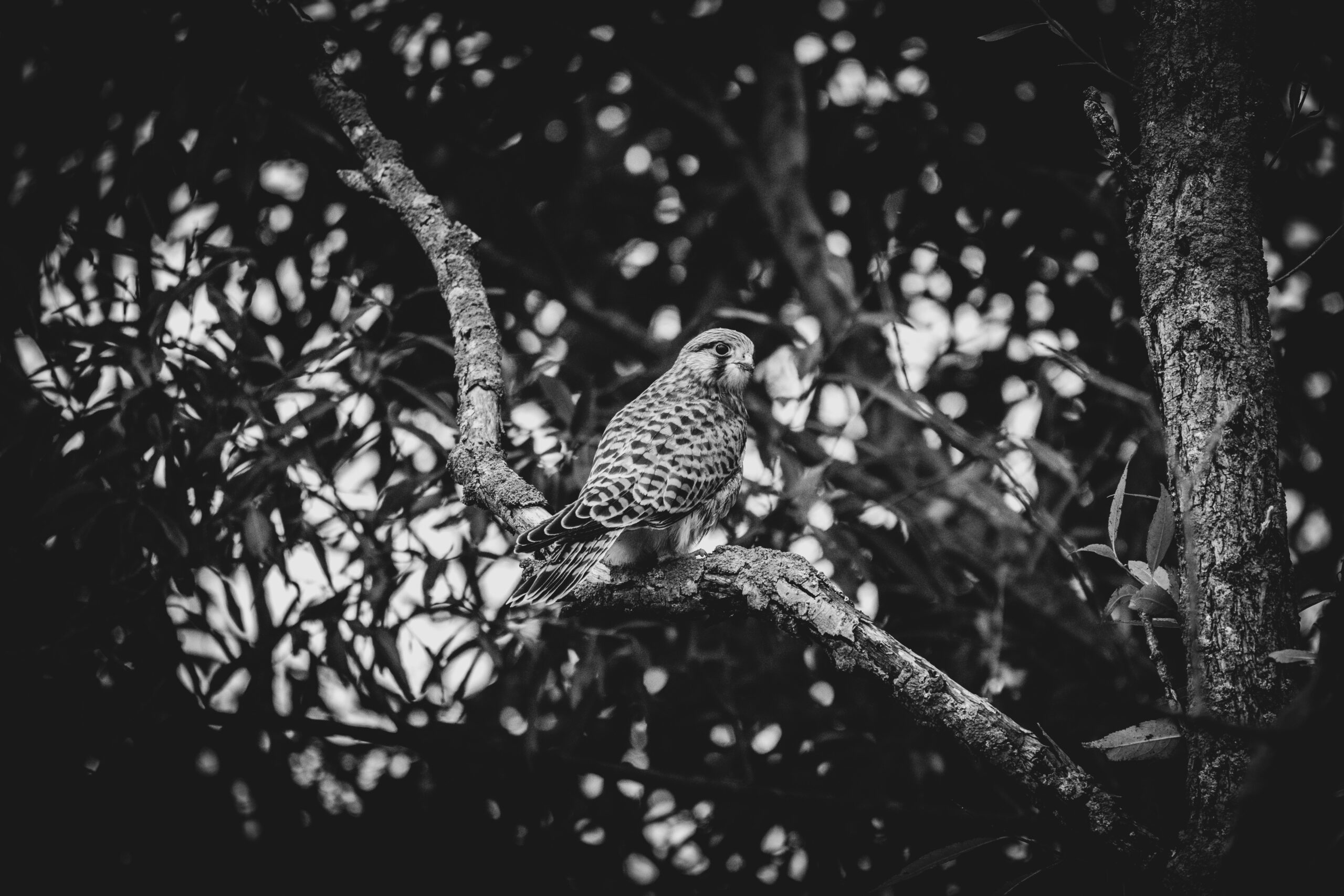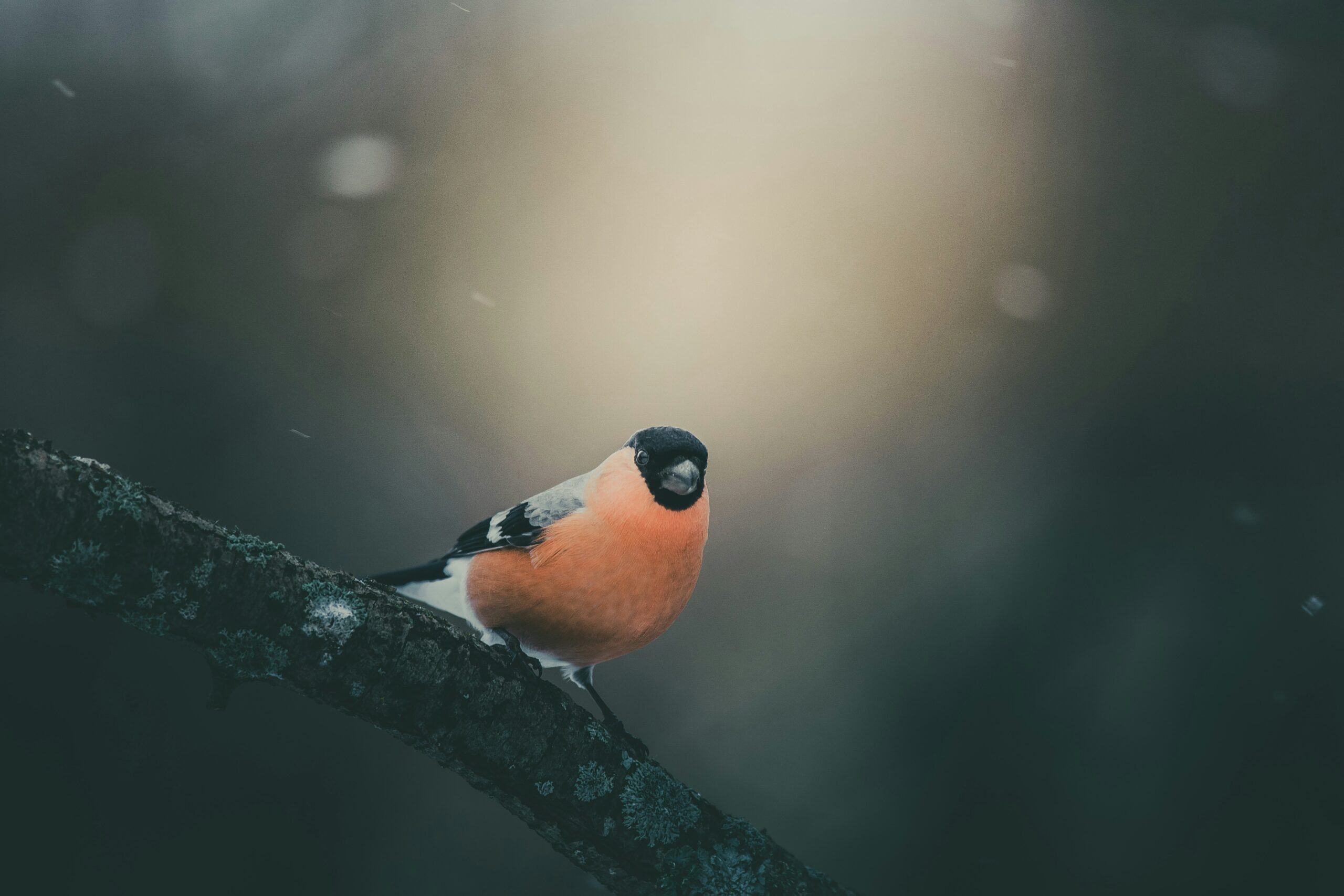Have you ever wondered how you could take your birding adventures to the next level, possibly getting closer and more detailed views of those elusive feathery creatures? Birdwatching is more than just a hobby; it’s a fascinating journey into the world of nature and a calming way to connect with your environment. But how can you truly enhance your skills and make each birding experience more enriching?
One of the best tools at your disposal is a trusty pair of binoculars. With the right binoculars, you can significantly improve your birdwatching prowess, getting a clearer, more vivid view of your avian subjects. Yet, simply owning a pair of binoculars is not enough. You need to know how to use them effectively, choose the right ones for your needs, and understand some tips and tricks to hone your birding abilities.
Understanding the Basics of Binoculars
Before you can use binoculars to their full potential, it’s essential to understand some fundamental aspects. Binoculars are more than just two telescopes placed side by side. They have several components that work together to magnify images and provide you with a closer view of distant objects.
Magnification and Objective Lens Diameter
These are two of the critical specifications you’ll notice when purchasing binoculars, often displayed as 8×42 or 10×50. The first number (e.g., 8x or 10x) refers to the magnification power, indicating how many times closer the object will appear compared to the naked eye. The second number (e.g., 42 or 50) indicates the diameter of the objective lenses in millimeters. Larger lenses can gather more light, offering better performance in low-light conditions but often result in heavier equipment.
Field of View
The field of view is another crucial factor when selecting binoculars. It refers to the width of the area you can see through the binoculars at a specific distance. A wider field of view is beneficial for tracking moving birds and scanning large areas.
Eye Relief
Eye relief is particularly important if you wear glasses. It indicates how far back your eye can be from the eyepiece while still seeing the entire field of view. Binoculars with at least 15mm of eye relief are preferable if you wear glasses.
Choosing the Right Binoculars for Birding
To improve your birdwatching skills, you need to select binoculars that fit your needs and preferences. Different conditions and environments call for specific features.
Assessing Your Birding Environment
Start by considering the environments where you most often birdwatch. Are you usually in dense forests, wide-open fields, or near water? Forest environments might benefit from binoculars with a larger field of view due to the abundance of movement, while open fields might allow you to focus on binoculars with higher magnification for greater detail.
Weight and Comfort
Since birdwatching can be a prolonged activity, the weight of your binoculars is an important consideration. A lightweight pair will be easier to hold steady and carry around for extended periods. Additionally, trying out different models to find a comfortable fit for your hands and face can make a big difference in the enjoyment of your birdwatching experience.
Budget Considerations
While high-end binoculars often provide superior image quality and durability, there are plenty of affordable options that still offer excellent performance. Decide on a budget and look for binoculars that provide the best features within your price range.

Mastering Binocular Use for Birding
Once you have your binoculars, mastering their use is the next step to enhancing your birding skills. Proper handling and technique can make a world of difference in what you see.
Proper Binocular Handling
Holding binoculars correctly will help manage fatigue and keep them steady. Use both hands and rest your elbows against your body to support your arms. Stand with your feet shoulder-width apart for the best balance. If you’re sitting, try resting your elbows on your knees.
Adjusting Focus Properly
One of the keys to clear and crisp images is learning to adjust the focus properly. Most binoculars have a central focus wheel and a diopter adjustment. First, cover the right objective lens with the lens cap, use the central wheel to focus on an object with your left eye, and then switch to the right eye, adjusting the diopter. This ensures both barrels are perfectly in focus.
Utilizing the Strap and Cleaning Your Binoculars
A neck strap can prevent accidental drops and free your hands when needed. Moreover, keeping lenses clean is vital for clarity. Use a lens cloth or cleaner to wipe away dust and fingerprints gently.
Enhancing Your Birding Techniques
Using binoculars proficiently is just one part of improving your birding skills. Complement this with techniques that enhance your overall birdwatching experience.
Developing Patience and Observation Skills
Birding is as much about patience and observation as it is about the gear. Spend time watching and listening to your surroundings. You’ll often hear birds before you spot them, so use your ears to help focus your eyes.
Note-taking and Record-keeping
Keeping a journal of your observations can enhance your skills. Note species, behaviors, and environments to look for patterns and improve your identification skills over time. There are also apps available that can help you record sightings and even identify bird species.

Becoming Familiar with Bird Habitats and Behaviors
Understanding bird habitats and behaviors will help you effectively use your binoculars to spot and identify birds.
Recognizing Different Habitats
Different species are found in various habitats, ranging from forests and wetlands to urban areas and grasslands. Learning which birds are typically found in which environment will help you know where to direct your attention.
Behavior Observation
Birds have distinctive behaviors that can aid in identification, such as flight patterns, feeding habits, and vocalizations. For example, woodpeckers have a distinctive pecking motion, while swallows are known for their agile flight patterns.
Joining Birdwatching Communities and Events
Enhance your skills by engaging with other birdwatchers. This can provide you with practical advice, shared knowledge, and new opportunities.
Joining Clubs and Groups
Many areas have local birdwatching clubs or groups where enthusiasts can meet, share experiences, and go on group outings. Joining a club is also a great way to access binocular and birdwatching workshops.
Participating in Bird Counts and Events
Participate in organized bird counts and events such as the Christmas Bird Count or eBird surveys. These events provide a structured way to improve your skills while contributing to bird conservation efforts.

Practicing Ethical Birdwatching
Being a responsible birdwatcher means minimizing your impact on birds and their habitats.
Keeping a Safe Distance
Using binoculars allows you to observe birds without getting too close and disturbing them. Always respect wildlife by maintaining a safe distance and avoiding activities that might cause stress to the birds.
Avoiding Nest Disturbance
Nests are critical to the survival of fledglings, so be cautious around them. Avoid touching any part of a nest or its surroundings and keep your distance, especially during the breeding season.
Embracing Seasonality in Birdwatching
Bird populations change with the seasons, offering unique opportunities to see a variety of species.
Migratory Patterns
Understanding migration can help you plan your birdwatching activities to coincide with peak times when various species are passing through or settling in your area.
Seasonal Species Variation
Different seasons bring different birds. While some are year-round residents, others are seasonal migrants. Being aware of which species you are likely to see at different times of the year can make birding more rewarding.
Expanding Your Bird Knowledge
Your birding skills are not just about what you see but also what you know about birds. Expanding your knowledge will aid in identification and appreciation.
Bird Identification Guides and Apps
Invest in a good bird identification guidebook specific to your region and consider using bird identification apps. These resources can help you quickly identify and learn about different species.
Learning from Experts
Take part in sessions or lectures by birding experts to gain insights into bird behavior, identification, and conservation measures. Many of these are available both in-person and online.
Troubleshooting Common Binocular Issues
Having issues with your binoculars? Here’s a quick guide to solving common problems so you can focus on birding.
| Common Issue | Solution |
|---|---|
| Double Vision | Check the alignment of your binoculars and ensure they’re properly adjusted using the central hinge. |
| Blurry Image | Recalibrate the focus using the diopter and central focus wheel for clarity. |
| Eye Strain/Headache | Ensure the eye relief is correctly adjusted, especially if you wear glasses. Make sure the interpupillary distance is right for your eyes. |
| Dirty or Foggy Lenses | Clean the lenses carefully with a microfiber cloth and use lens cleaner if necessary. |
| Heavy Binoculars | Consider binoculars with lower magnification or objective lens if weight is consistently an issue. |
Continuing to Improve Your Birding Skills
Birdwatching is a lifelong journey of learning and discovery. As with any skill, practice and continued education will enhance your abilities.
Regular Practice
Regularly go out for birdwatching trips. The more you practice, the quicker and more accurately you’ll identify species and understand their behaviors.
Reflecting and Adapting
After each birding session, reflect on what you learned and consider what you might do differently next time. This reflection will help you adapt and improve your birdwatching strategies.
In conclusion, enhancing your birding skills with the help of binoculars involves understanding the equipment, mastering its use, and developing your techniques and knowledge. By embracing these aspects, you can transform your birdwatching experience into something even more rewarding, allowing you to connect deeply with nature and appreciate the beauty and diversity of bird life.
